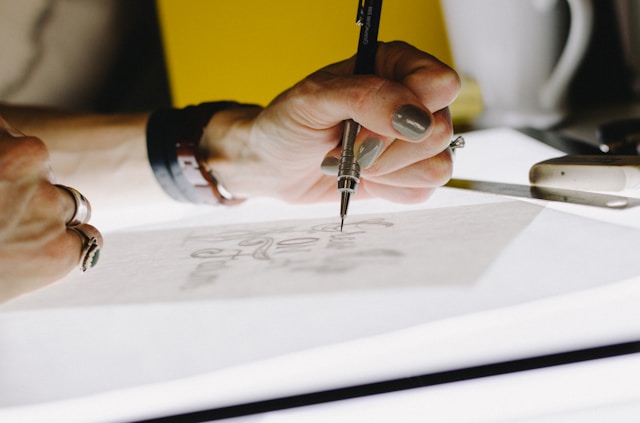Composition is the foundation of great photography. It’s the art of arranging elements within the frame to create visually compelling and impactful images. While mastering composition requires practice and experimentation, understanding key principles and techniques can elevate your photography to new heights. In this comprehensive guide, we’ll explore the fundamentals of composition in photography and provide practical tips to help you improve your skills.
Understanding Composition
Composition is about more than just placing your subject in the center of the frame. It involves considering factors such as balance, symmetry, leading lines, framing, and perspective to create a sense of harmony and visual interest. By understanding these principles, you can create images that draw the viewer in and effectively convey your message or story.
Rule of Thirds
One of the most well-known composition techniques in photography is the rule of thirds. This rule divides the frame into a grid of nine equal sections, with two horizontal and two vertical lines intersecting at key points. Placing your subject or points of interest along these lines or at their intersections can create a more dynamic and visually appealing composition.
Leading Lines
Leading lines are lines within the frame that draw the viewer’s eye towards the main subject or focal point of the image. These lines can be straight or curved, horizontal or vertical, and can be found naturally in the environment or created artificially. By using leading lines effectively, you can guide the viewer’s gaze and create a sense of depth and movement within your images.

Symmetry and Balance
Symmetry and balance are essential elements of composition that can create a sense of order and harmony in your photographs. Symmetrical compositions have identical or similar elements on either side of the frame, while balanced compositions distribute visual weight evenly throughout the image. Experimenting with symmetry and balance can help you create images that feel both visually pleasing and emotionally resonant.
Framing and Perspective
Framing involves using elements within the scene to frame your subject, drawing attention to it and adding depth to the image. This can include natural frames such as doorways, windows, or arches, as well as man-made structures or objects. Perspective, on the other hand, refers to the viewpoint from which the photograph is taken and can dramatically impact the composition. Experimenting with different perspectives can help you find unique and compelling angles to capture your subject.
Practice and Experimentation
Ultimately, mastering composition in photography requires practice, experimentation, and a willingness to push the boundaries of your creativity. Take the time to study the work of master photographers, analyze their compositions, and apply what you learn to your own photography. Don’t be afraid to break the rules and try new techniques – it’s through experimentation that you’ll discover your unique voice as a photographer.




